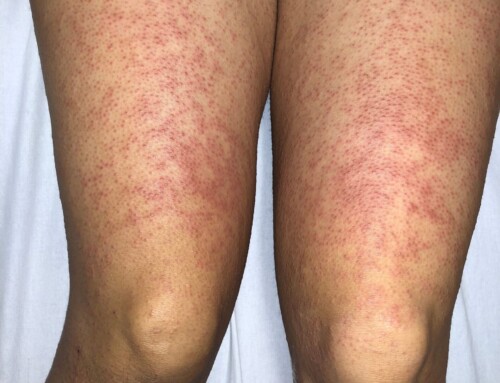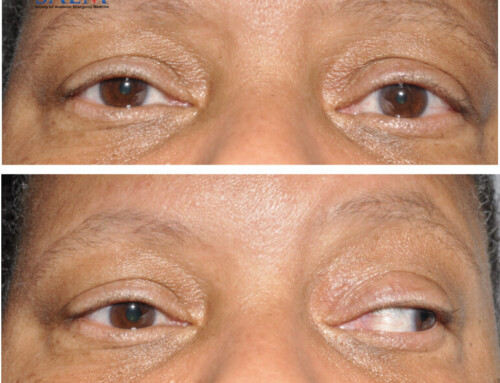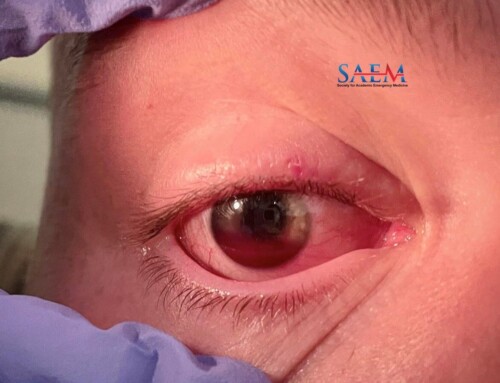
A 30-year-old female with a past medical history of Crohn’s Disease presented to the ED for evaluation of an acutely bruised right 4th finger. She stated she was typing on a computer keyboard approximately 10 minutes prior to presentation and she noticed a sudden popping sensation at the base of her right ring finger. After the popping sensation, she noticed a cool sensation of the finger and numbness to the entire finger. Shortly after that, the finger turned purple, so she came to the Emergency Department for evaluation. She denied pain in the hand and has had no problems moving the finger. She denied trauma to the hand or finger. No other complaints or issues. She noted that she has had this once in the past, which self-resolved on its own in 10 days a few months ago in the same situation.





